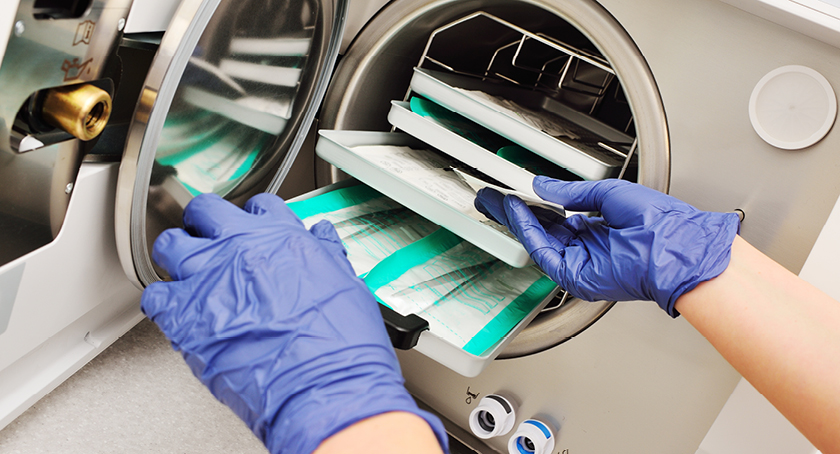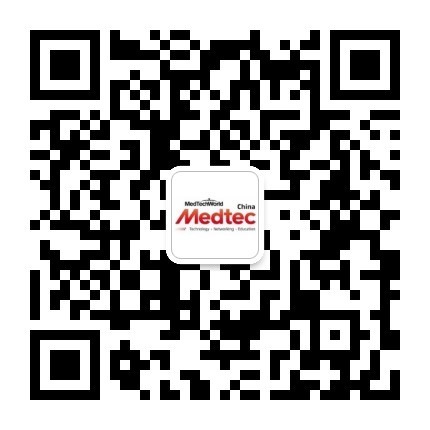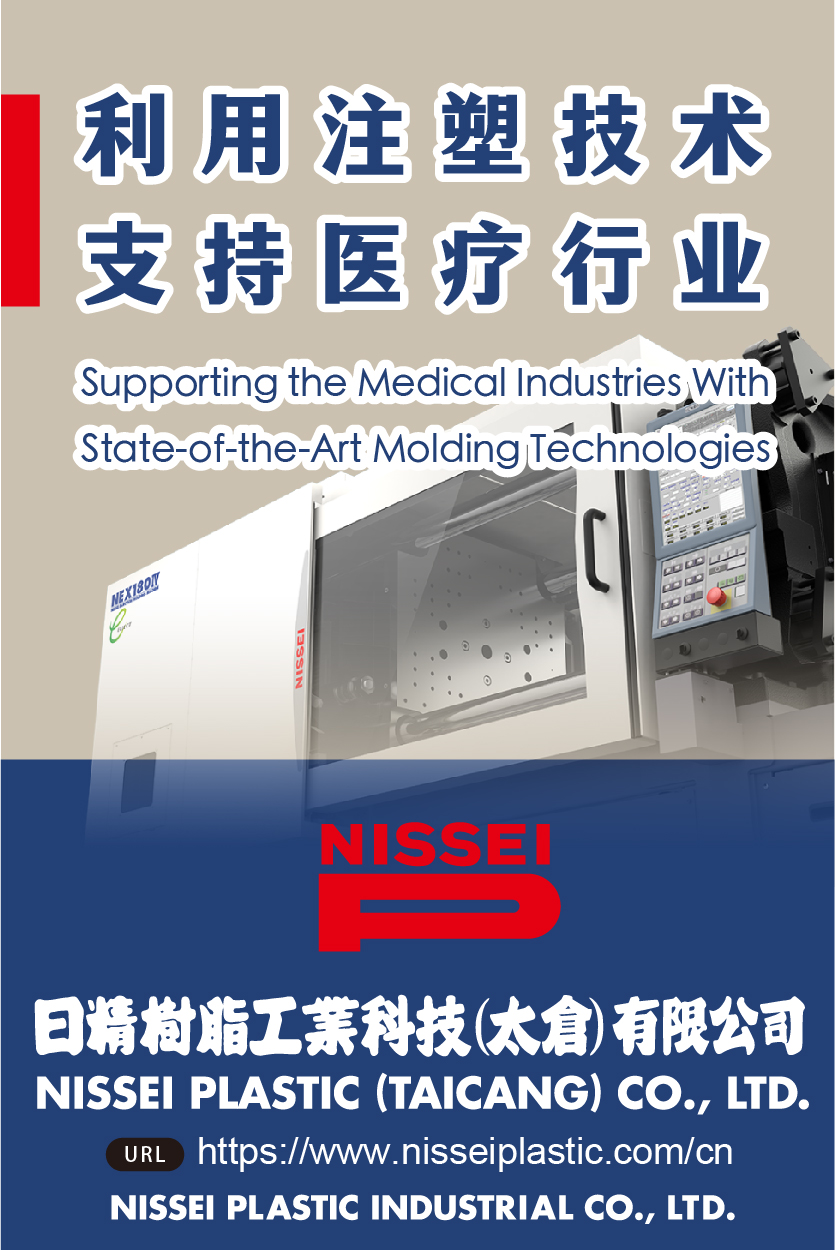Your Guide to Medical Device Sterilization: Methods, Compliance, Challenges & Trends
Sterilization has always played a central role in medical device development. But today, it’s no longer just a matter of checking a regulatory box or signing off on a quality assurance protocol. It’s a design constraint, a supply chain risk, and increasingly, a competitive differentiator. Further, a next generation of sterilization modalities are emerging.
For procurement professionals juggling lead times, sourcing managers weighing contractor options, and OEM teams navigating international compliance, sterilization touches everything from feasibility to market readiness. Design decisions, material choices, and packaging formats all ultimately hinge on one essential outcome: a device that can be safely sterilized and delivered without compromise.
This article explores current sterilization methods, trends around industry staples and nascent modalities, how regulations are evolving, and what manufacturers should be thinking about when it comes to process innovation, sustainability, and future-readiness.

Medical Device Sterilization Methods
While several sterilization methods are available, each has its strengths and limitations depending on the device type, material composition, and use case. Ethylene oxide is still the most widely used, but methods like steam, gamma, and hydrogen peroxide offer specific benefits. The table below provides a side-by-side look at how they work, when they’re used, and what constraints they bring with them.
| Method | How It Works | Best For | Limitations | ISO Standard |
|---|---|---|---|---|
| Ethylene Oxide (EtO) | Low-temperature gas penetrates packaging and materials | Complex, heat- and moisture-sensitive devices | Long cycle times, toxic emissions, growing regulation | ISO 11135 – Validation and routine control of EtO sterilization |
| Steam (Autoclave) | Pressurized saturated steam | Metal instruments, some polymers | High temperature and moisture can damage materials | ISO 17665 – Moist heat sterilization of healthcare products |
| Gamma Radiation | High-energy photons disrupt microbial DNA | High-throughput disposables | Polymer degradation, long validation timelines | ISO 11137-1 – Radiation sterilization of healthcare products |
| Electron Beam (E-Beam) | Accelerated electrons sterilize surface and shallow layers | Short-run cycles, flexible schedules | Limited penetration, material constraints | ISO 11137-1 – Same radiation standard as gamma |
| Hydrogen Peroxide Plasma | Ionized vapor attacks pathogens at low temperatures | Electronics, delicate instruments | Cost, material compatibility limitations | ISO 14937 – General requirements for sterilizing agents not covered elsewhere |
| Dry Heat | High-temperature air sterilizes without moisture | Glass, powders, metal instruments | Long cycles, limited material compatibility | ISO 20857 – Sterilization of healthcare products by dry heat |
| Sporicidal Chemicals | Chemical immersion using peracetic acid or glutaraldehyde | Endoscopes, reusable hospital equipment | Manual processing, residual toxicity concerns | ISO 14937 – For liquid chemical sterilants and general use |
An EtO Regulatory Timeline
How did we get here? Ethylene oxide (EtO) remains the dominant method for sterilizing complex medical devices, but its future is increasingly uncertain. For manufacturers and sourcing teams alike, tracking how regulatory pressure is evolving can help frame next steps. Consider the timeline of recent developments:
November 2019
FDA announces two innovation challenges:
January 2024
FDA endorses vaporized hydrogen peroxide (VHP) as an Established Category A method for sterilization in 510(k) submissions, signaling growing regulatory confidence in EtO alternatives.
November 2024
FDA issues Transitional Enforcement Policy allowing Class III manufacturers to relocate sterilization sites without triggering immediate premarket submissions—an effort to mitigate potential supply chain disruptions.
January 2025
EPA releases FIFRA Interim Decision, mandating the following:
- EtO cycle concentration cap of 600 mg/L (within 10 years)
- Engineering control upgrades (ventilation, emission reduction)
- Continuous air monitoring at sterilization sites
- Phased worker exposure limits:
- 0.5 ppm by 2028
- 0.25 ppm by 2030
- 0.10 ppm by 2035
March 2025
EPA reconsiders 2024 emissions rule, with proposals for compliance exemptions extending through 2027 under discussion.
June 2025
FDA updates sterility guidance for device submissions, emphasizing the importance of clearly documenting sterilization method changes (e.g., from EtO to VHP) in 510(k) and PMA filings.
These developments reflect a coordinated shift: the EPA is driving down emissions and workplace exposure, while the FDA is working to maintain supply chain flexibility by legitimizing alternatives.
So what options do manufacturers actually have?
What Comes After EtO?
With these complexities as a contextual backdrop, let’s look forward.
Almost every developer of new medical devices is exploring multiple sterilization method options. Alternatives such as vaporized hydrogen peroxide (VHP), nitrogen dioxide (NO2), and even supercritical CO2 are gaining attention.
The problem isn’t imagination; it’s infrastructure. Without deeper penetration, validated protocols, and proven compatibility across the polymers OEMs rely on, alternatives to EtO remain promising but impractical.
Less than 5% of medical devices are sterilized with something other than EtO or radiation. That takes time to undo.
Most emerging methods remain unsuitable for deep-lumen devices or large-scale production without significant revalidation. The challenge is rooted in replicating EtO’s balance of material compatibility, penetration, and regulatory certainty at industrial scale.
For now, manufacturers don’t just need new sterilization technologies, they need to design products that anticipate them.
Designing for Sterilization
Sterilization isn’t something you tack on at the end of the design process—it needs to be part of it from the start. Addressing the end upfront in medical device manufacturing and sterilization is becoming more prevalant.
MDMs are calling for earlier and more integrated planning for packaging and sterilization through design for manufacturing best practices. “We’re seeing sterilization brought into planning earlier than ever—especially post-COVID and after recent EPA guidance,” said Ryan McCormick, VP of Business Development at PiSA USA. “It’s become an essential part of the product lifecycle strategy.”
This has translated into healthy 7% CAGR projections for the Sterilization Services Market by 2032.
The CDC notes device material, shape, and packaging can significantly affect how well a product is sterilized, especially for gas-based and low-temp methods. That’s pushing design teams to factor in sterilization much earlier.
Every material choice, component layout, and packaging spec has to account for how a device will be cleaned and validated. Gaseous methods like EtO and VHP need breathable materials; radiation calls for robust polymers; dry heat or chemical methods can limit what adhesives and coatings can be used. Get it wrong, and you risk revalidation delays—or worse, starting over.
That’s especially true for reusable devices, which face an added layer of complexity. According to FDA guidance on reprocessing, each step (cleaning, disinfection, sterilization) has to be validated separately. That means the design has to hold up not just once, but over multiple reprocessing cycles. Think durable materials, smart joint construction, and features that can take repeated exposure to heat, moisture, or chemicals without breaking down or posing a safety risk. Skip this upfront, and you’re looking at failed validations, labeling delays, or costly redesigns.
This has changed the way OEMs work with their supply chain partners. Collaboration between packaging, design, and sterilization teams is no longer a bonus—it’s essential. Packaging has to let sterilants in while protecting the device and materials need to hold up through the process. The product itself often needs tweaks, like extra access ports or less paper in the assembly.
These considerations are especially important if a product might need to switch away from EtO. For example, VHP may not work for long, narrow lumens unless the device is redesigned to allow better flow or surface contact (a challenge explored in depth in this overview of catheter sterilization). More companies are also experimenting with mixed-mode kits, reusable components, and integrated sterilization tracking, which are all aimed at maintaining compliance while improving cost and flexibility.
It’s a big lift. But for companies that plan ahead, designing with sterilization in mind can shorten validation timelines, avoid rework, and create more resilient products in a time of regulatory change.
Emerging Technologies and Process Innovations
Designing with sterilization in mind is only part of the equation. The tools, platforms, and processes used to carry out that sterilization are evolving just as quickly. In a landscape defined by tighter timelines, shifting modalities, and regulatory complexity, innovation isn’t just about new sterilants—it’s about smarter ways to validate, monitor, and adapt.
Validation Is Getting Faster and More Flexible
Some contract sterilizers and OEMs are leveraging predictive modeling to streamline revalidation, particularly after design or packaging changes.
These models help simulate how sterilants interact with new configurations, reducing the number of physical iterations needed. The result: shorter validation timelines and fewer surprises in later-stage testing.
According to Larry Nichols, CEO of SteriTek (a sterilization services provider), there has been an uptick in companies moving to e-beam from gamma and EtO. “Gamma is a much simpler process to change from. For most OEMs, after they perform material compatibility testing, they generally just need to enter a letter to file and do not need to submit to the FDA.”
Larry Nichols has spoken about EtO alternatives at the MPO Summit.
Cycle Optimization Is Going Digital
Digitized monitoring systems are gaining traction, offering real-time insight into cycle performance, load configuration, and environmental variables. These platforms not only improve traceability, they also help fine-tune sterilization parameters based on historical runs, driving both consistency and efficiency.
Digital improvements like customer portals are making a significant difference in cycle optimization as well. SteriTek is implementing NetSuite as a solution, which “enables our customers to enter their own orders directly into our system. This will cut down on data entry errors,” said Nichols.
Facility Innovation Is Closing the Loop
Companies like PiSA USA and Andersen Scientific are leading efforts to modernize sterilization infrastructure itself. While most projects still focus on a single sterilant due to material compatibility, validation cost, and timelines, there’s increasing demand for more resilient supply chain architecture.
“We’ve seen a large increase in demand for nearshoring the entire supply chain in recent years from medical device OEMs. It’s a combination of regulatory efforts, shifts in manufacturing locations, and macro disruptions like COVID and tariffs.”
Ryan McCormick, VP of Business Development at PiSA USA.
That’s also driving interest in redundancy across sterilization sites, according to McCormick: “Some customers are adding dual-sourced EtO capacity—whether that be within the same supplier at multiple locations or different suppliers in a similar geography for business continuity.”
The pandemic and tariffs have left a lasting impression on the medical device supply chain.
While flexible chamber technologies, energy-efficient load cycling, and controlled gas recapture systems are enabling better throughput without compromising emissions targets or worker safety, it’s going to cost businesses for those significant upgrades.
New Product Designs Are Enabling Smarter Sterilization
Additive manufacturing, multi-material integration, and modular device architecture are being used to create components that facilitate sterilant flow or resist degradation across multiple cycles. These designs aren’t just more durable, they’re often easier to validate and support future modality shifts.
“OEMs frequently do not know if e-beam will work on their product, or how to convert from gamma or EtO to e-beam,” said Nichols. Partnering with the right sterilization provider can simplify the testing process.
Be Sure To Ask These Questions Before Choosing a Sterilization Contractor
“SteriTek is able to help OEMs test various radiation dose levels for their material compatibility tests. We also have data for most polymers and how they react to radiation and e-beam in particular,” Nichols added.
PiSA’s integrated manufacturing and in-house sterilization approach also enables faster turnarounds.
“By linking contract manufacturing and EtO under one roof, we can coordinate schedules, reduce transit times, and help optimize sustainable cycle development,” McCormick explained. “Smaller chambers allow us to accelerate validation and shorten time to market.”
In today’s development cycles, that edge can be a decisive advantage.
Innovation in sterilization today isn’t about replacing EtO overnight. It’s about building systems (both technical and organizational) that can adapt to what comes next. That includes smarter tools, more nimble facilities, and design practices that leave room for regulatory and market change.
Sustainability in Sterilization
Sustainable innovation is also becoming a growing priority across the industry. As healthcare systems elevate environmental, social, and governance goals and regulators begin weighing emissions alongside efficacy, sustainability is moving from a value-add to an everyday consideration.
Economic shifts are also reshaping business strategies. “The biggest challenge most legacy sterilizers face is emissions control. Modernizing to meet EPA expectations can cost millions or tens of millions of dollars,” McCormick noted. “Some facilities may not be positioned to support that type of investment, which could further tighten industry capacity.”
From low-emission EtO chambers to energy-efficient sterilizers and recyclable packaging, companies are exploring ways to reduce their footprint without compromising performance. It’s a smart way to stay competitive and ready for what’s next in medtech, but it can be pricey.
Adapting for Resilience in Sterilization Strategy
Sterilization is baked into every stage of device development now, from early design decisions to sustainability planning. The pace of change is accelerating, and no one has all the answers. But by staying flexible, validating smarter, and designing with tomorrow in mind, medtech manufacturers can keep products safe, compliant, and ready for whatever comes next.
source:MPO
https://www.mpo-mag.com/exclusives/medical-device-sterilization-guide-methods-compliance-challenges-trends/
This article is for knowledge dissemination only. If it involves infringement, please contact us for deletion.









